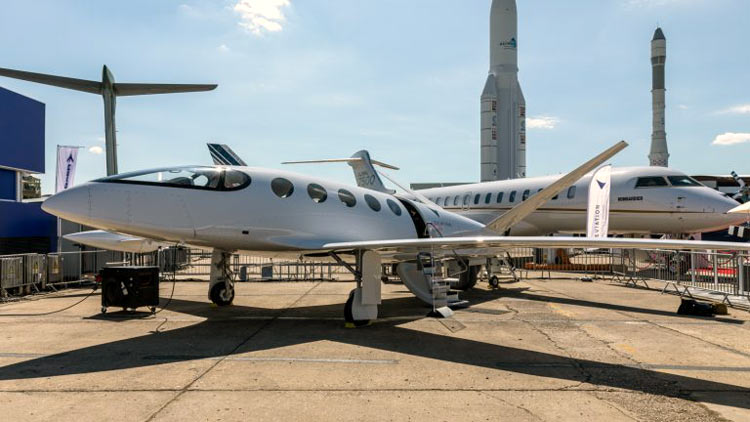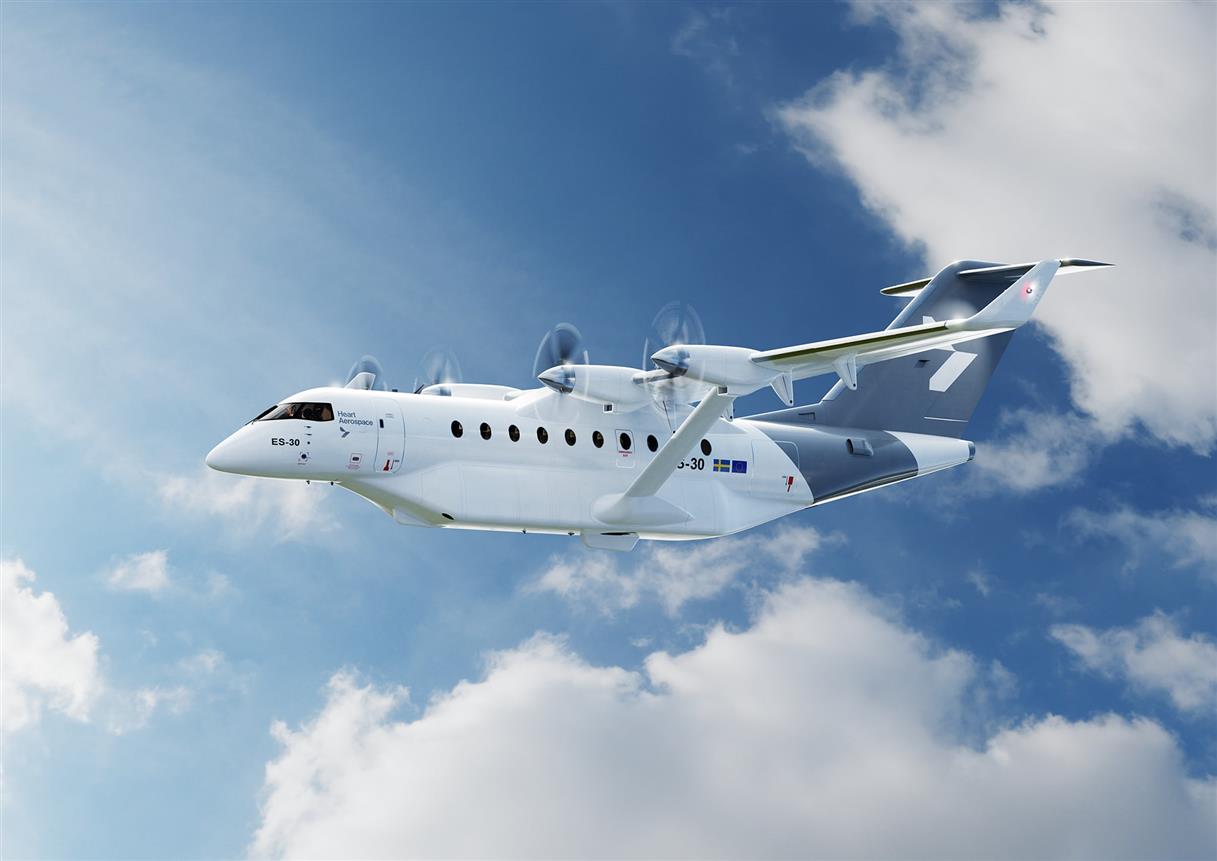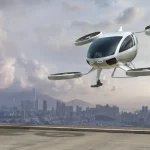Is the future of aviation in electric planes? Were we any closer yesterday?
Other electric planes that are currently under testing include the Harbour Air, magniX, e-Genius (a two-seater plane), XTI Aircraft, and RX1E aircraft.
When will electric planes be a reality?
Electric flights are predicted to be commercially viable in the next 20 years, thanks to the efforts of numerous corporations and startups. The market for electric planes is expected to grow to about $22 billion by 2035, and there is considerable opportunity in this sector.
Roadblocks to Conquer/Hurdles to Overcome

It’s no surprise that we’ve upped our hopes for guilt-free air travel on electric planes, but there are still significant obstacles to be solved. What prevents these emission-free flights from taking off as planned?Commercial flights are hampered by the lack of battery energy density sufficient for widespread adoption of electric aircraft. One of the main obstacles is the size and weight of the batteries required to power them. The regulations are an additional hurdle. The FAA has not yet given the green light for electric planes to carry passengers. The FAA needs to amend its criteria and include the ones to be followed by electric planes before these aircrafts are ready for commercial usage. The time frame for this is uncertain.
In order to get a better grasp of the difficulties, we interviewed Ruhul Amin Rana, the CEO and creator of Avion Aerospace. He explained the situation a little better by saying:
“Our electric airplane technology suggests a maximum of 398V is needed. The lithium-ion battery pack has 192 individual cells wired in series and parallel. Each of the four battery modules has an aluminum alloy housing and is controlled by a battery management system (BMS).
The power integrated display indicates the percentage of electricity still stored in the lithium battery system. MDEP3550802 Battery is 160.5kg heavy and has a nominal voltage of 350V, with a storage capacity of 80Ah (28.4kWh). The highest current that can be discharged is 160A.
Since excessive mass is the main issue, composite materials are used for building the structures. Additionally, we place increased emphasis on the design, and a larger wingspan increases the aircraft’s lift. Therefore, our aircraft has a flight time of up to 2.5 hours, making it the longest and most long-lasting electric plane available on the market (as certified by the CAAC).
We are also conducting preliminary research into a hydrogen fuel cell battery. Since electric aircraft is still壯陽藥
in its infancy and batteries can develop problems, we also installed a rocket-powered parachute system that can eject and prevent a crash landing.
Florian Godefroy, Client Director at Altran, enlightened us further on the same by providing some further facts. When it comes to providing tailored solutions across industries, Altran’s Engineering and R&D services are unrivaled.
He said, “There are three main challenges I would say.
- The power required to get it off the ground and keep it there: flying requires a lot of juice.
- The flight range is limited because of the high energy expenditure required for takeoff and landing.
- Taking care of batteries: they’re not cheap to make and demand a lot of space to be stored. The larger the plane, the more power is required to fly it. However, more power is required to propel a larger aircraft.
After consulting with the company’s experts on the problems and possible solutions, we can say with confidence that while electric planes still have a ways to go before they’re ready for long-distance flights, zero-emission flights are the future of air travel. To see the day when electric planes come to the runway, massive investment is being made in fuel cells, renewables, and grid storage. The future may lie in the clouds soon if we keep working to fix the problems and overcome the obstacles.









